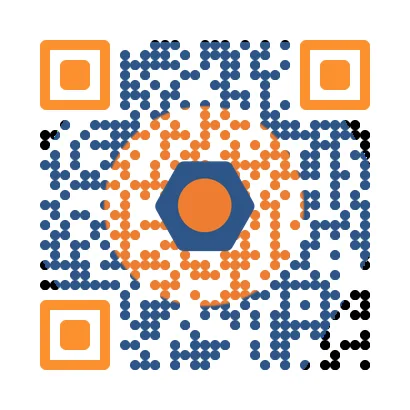Resource Planner Open Source App – Free Resource Planning Software
Introduction (featured snippet style)
Resource Planner is a free open source resource planning software (also known as resource planner, resource scheduling tool, workload management app) that helps teams schedule tasks, allocate capacity, and manage resources efficiently. It’s ideal for capacity planning, project resource allocation, and team workload balancing.What Is a Resource Planner? (also called Resource Scheduling Tool, Workload Management Software)
A resource planner, sometimes referred to as resource scheduling software or workload management tool, is a system designed to organize, assign, and monitor resources—such as personnel, equipment, and time—to tasks and projects. It’s also called a capacity planning tool or resource management software. These tools help avoid overbooking, balance workloads, and optimize team productivity.
Can a Resource Planner Act As a Legal Document?
While resource planners document assignments and schedules, they are not legal documents per se. In most industries, legal documents require signed contracts, official approvals, or timestamped records. Resource planners can, however, serve as evidence of assignment and approvals if accompanied by digital signatures or audit trails.
Example: A consulting firm might export a schedule from the resource planner showing who was assigned what time and when management approved it. That export, when timestamped and signed, could be used in a legal dispute to demonstrate resource allocation. But on its own, the app’s schedule is not a legally binding document.
How the Resource Planner Works (Open Source Resource Management Tool)
-
Import or create projects and tasks with allocations for time, staff, equipment, or budget.
-
Visual scheduling using calendar or Gantt‑style views: drag‑and‑drop tasks to assign people and time slots.
-
Real‑time availability tracking: monitors team members’ workloads, availability, and time off.
-
Capacity forecasting: plan future resource needs based on current assignments and upcoming projects.
-
Reporting and export: output reports—timesheets, utilization graphs, assignments—for analysis or compliance.
Why It’s Important (Benefits of Using a Resource Planning Software)
-
Balanced Workloads: Prevents burnout and avoids idle time by optimizing assignments Teamwork .
-
Improved Efficiency & Productivity: Ensures the right people are assigned at the right time to tasks.
-
Cost & Time Savings: Avoids delays, unpaid overtime, and misaligned resource usage.
-
Better Decision‑Making: Capacity forecasting and reporting tools allow proactive planning, scenario testing, and visibility into bottlenecks.
-
Team Transparency: Everyone sees who is working on what and when—excellent for remote teams or distributed organizations.
Open Source App—Free, Customizable & Community‑Driven
This application is fully open source, licensed under a permissive license, freely available to download, modify, and distribute. You can view the source code, contribute improvements, and customize the interface or workflow to fit your organization’s needs.
Key advantages of open source:
-
No license fees, totally free, ideal for startups, nonprofits, and growing teams
-
Full transparency—security audits and community‑driven improvements.
-
Benefits from active community support, regular updates, and shared best practices.
Conclusion & Call to Action
In summary, Resource Planner is a free and open source resource planning software—also known as resource scheduling tool, workload management software, and capacity planning app—that helps teams allocate time and people, forecast resource needs, and improve operational efficiency. While it isn’t a legal document by itself, you can export documented schedules to support compliance or evidentiary needs.
Whether you're a developer, project manager, or organization looking for a cost‑effective, customizable, and scalable resource planning solution, this open source app offers tremendous value.
Ready to get started?
-
Try the pre‑release version of the beta app here: https://www.quollnet.com/resource-planner
-
View the documentation and live demo: https://quollnet.github.io/resource-planner
-
Developers: check out the source code and contribute here: https://github.com/quollnet/resource-planner
Start optimizing your team’s workload and project scheduling today—join the open source community behind Resource Planner for free and powerful resource management.











